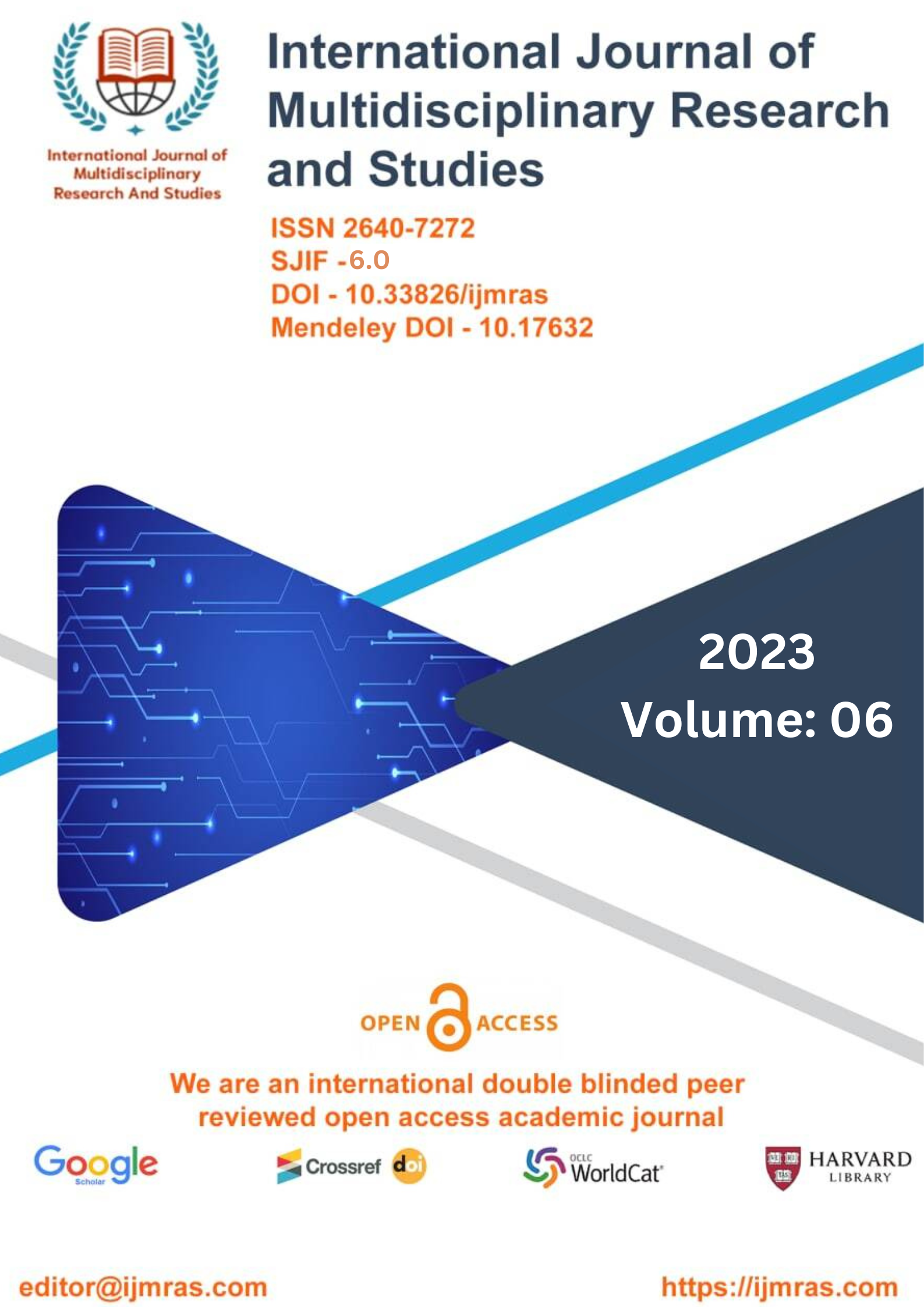


This study is to compile a list of hotel services in order to get a deeper comprehension of the factors that contribute to the exceptional quality of such services. There are many different models used in the hotel industry to evaluate the level of service provided and the satisfaction of guests. However, in order to do this analysis, we choose to look at SERVQUAL, HOLSERV, and the LODGING QUALITY INDEX. These are three of the most well-known and thorough models available. In addition to this, the study delves into the gender disparity that exists among hotel guests hailing from Taiwan in terms of their service expectations and levels of contentment. Included in this section is a more in-depth exploration of the factors (such as services, hotel facilities, location, etc.) that impact their decisions. Also included are suggestions for visitors with disabilities about the facilities and services provided by the hotel. When staying in a hotel, patrons often value a room that has been recently cleaned. Already today, there are several hotel companies that provide allergy-free rooms for an extra price. However, there are no hotel chains that cater to consumers who are willing to pay more for improved cleanliness and there are no customers that fit this bill.

This work is licensed under a Creative Commons Attribution 4.0 International License.
You may also start an advanced similarity search for this article.